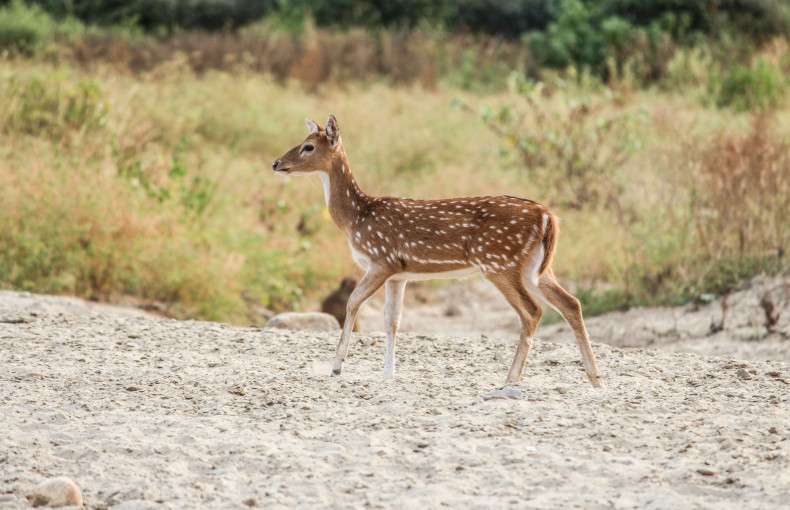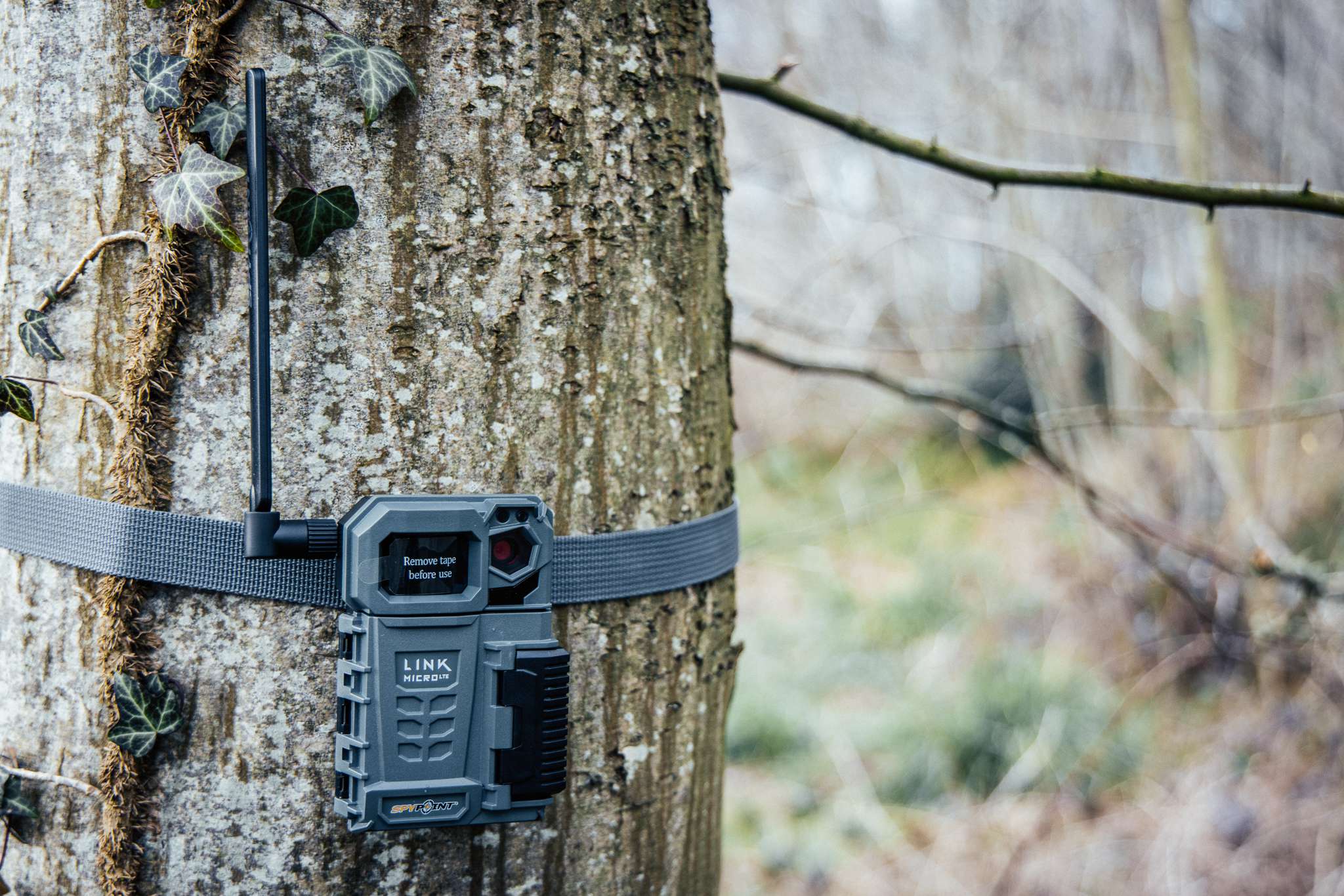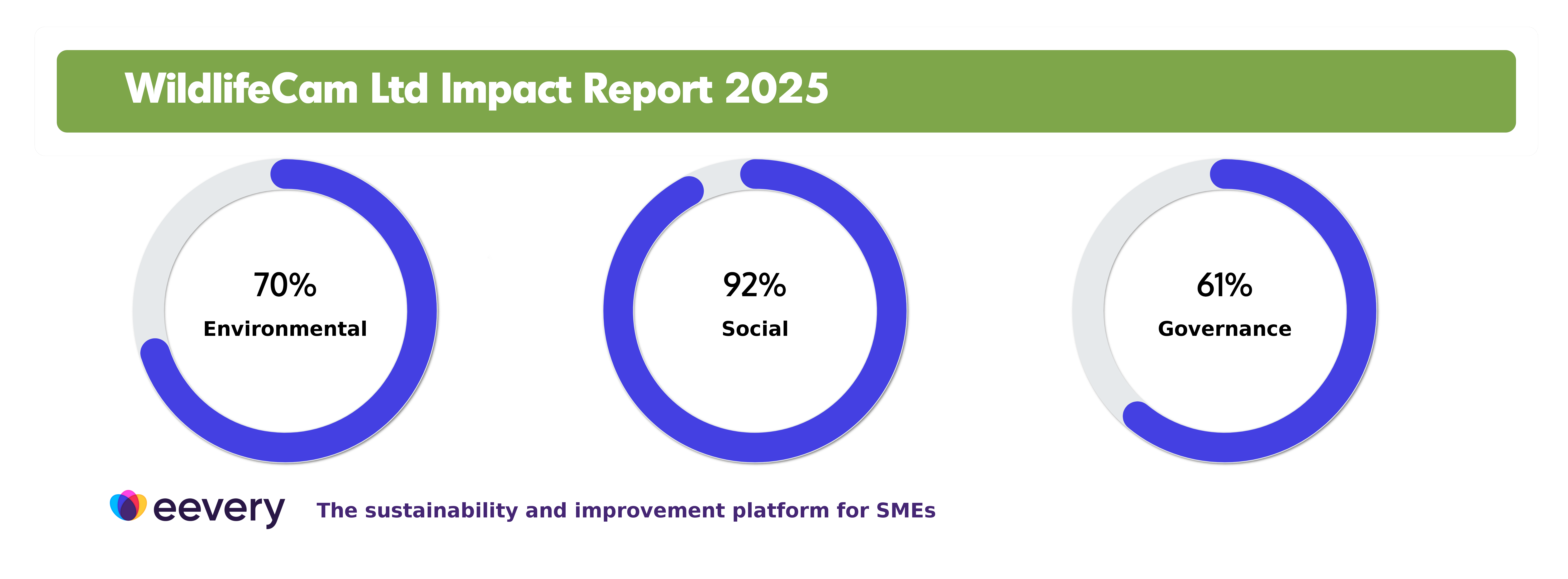May 10, 2024 / in Wildlife

There is some debate over the morals and ethics photographers might follow, but there are some common points of agreement. Above all, the wildlife comes first.
Aim to minimise:
Animals are key parts of their ecosystems, influencing other elements in ways we don’t fully understand yet. Some of these elements might be the food they eat, whether plant or prey or the creatures that eat them. Some animal behaviour has an impact on their surroundings, which has knock-on effects that other creatures rely on.
For example, beavers build dams, reducing the number of trees in an area and slowing the movement of a watercourse. This leads to large areas of slow-moving water, which is a great habitat for frogs, newts, amphibious insects and fish. It’s also great for creatures that eat them, such as the Kingfisher. Beaver dams also lead to rotten tree trunks where beetles thrive. The beetle larvae are eaten by woodpeckers, and so on.
An ecosystem encompasses every part of the habitat and every creature living there, and one small action from humans can have fundamental impacts over time.
Wildlife photography can help us learn more about how animals live within their habitats, but only if photographers avoid having a significant impact of their own.
It’s important to allow wild animals to feel safe in their habitats. Be quiet, sensitive and discrete when photographing wildlife to avoid causing distress.
Quiet behaviour increases your chances of seeing the creatures you’re seeking, as most wild animals avoid humans if they can help it.
Most animals have highly sensitive eyes, particularly if they are nocturnal.
Flash photography can, at best, alert animals to your presence and cause stress, and at worst, temporarily blind the animal, such as an owl, for up to 20 minutes.
Never use on camera flash directed straight into a subject’s eyes. In some situations, it may be possible to use an off-camera flash with a diffuser to add ambient light.
It should go without saying, but disturbing a nest is unethical. If you find a fallen chick, leave it alone: there is a good chance the parents will be close by. Only move offspring if they are in the middle of the road, or some other immediate danger, and only to nearby safety before backing off.
Do not disturb young or newborn wildlife, whether or not parents are present.
For certain endangered species of birds with Schedule 1 listing, such as avocet, osprey, kingfisher and hen harriers, licenses are required by UK law to photograph them at or near the nest or with dependent young. The same is true for some mammals.
Wildlife photography ethics can be specific to each situation, so any photographer should be knowledgeable about the animal they are photographing or filming. It’s worth knowing the environment you’re in, both for your own safety and for the sake of any animals around.
You should know:
A little research goes a long way to helping you find amazing wildlife to photograph and to keeping you safe during your expedition.
As well as wildlife conservation laws, be aware of property laws and local bylaws. For private land or nature reserves, ask if special permissions are required to take photographs. There may be research or conservation activities taking place in the area, which it is best to avoid disrupting.
This common saying is a reflection of the Countryside Code in England and Wales and the Outdoor Access Code in Scotland. These codes of conduct essentially boil down to:
For nature reserves in Scotland, the OAC states:
“Take care to avoid damaging the site, disturbing its wildlife, or interfering with its management or enjoyment by others. Depending on your activity, you might be requested to follow a specific route or to avoid exercising access rights in a specific area.”
Following guidelines for specific locations can help safeguard the natural heritage and biodiversity of the area.
If you are in a group or at a popular location, be mindful of others. Be aware of other people’s sight lines, speak softly to avoid frightening subjects away, and yield space when necessary.
Do not continue to photograph wildlife that appears distressed. This could be a bird flying around erratically and calling loudly, a rabbit freezing up or bulging eyes, aggression or a deer stamping its foot.
In the UK, animals showing distress behaviours are likely responding to your presence, as the biggest and least familiar creature nearby. If you notice your subject responding this way, stop photographing and back off.
Causing distress just for a photo is not fair to the animals and can cause health issues. It raises blood pressure and stress hormones and uses a lot of energy in showing distress. Animals experiencing stress over long periods often lose weight, fur or feathers, become listless and change their behaviours.
An easy way to minimise distress to wildlife during photography is to make sure you aren’t seen. Birdwatchers especially know the value of a “hide”, an enclosed, camouflaged space with an observation opening. Hides let you sit comfortably, stay dry and move around a little without disturbing foliage or otherwise drawing attention to yourself and frightening wildlife.
There are numerous public or pay-as-you-go hides throughout the UK. For beginners, research the wildlife and locations you want to photograph and look for a hide nearby or arrange to go on an organised field outing with a specialist photographer.

Another way to practice wildlife photography without being seen is to do it remotely. Wildlife cameras or trail cameras are tools used by professionals to capture amazing photographs without having to stay in the area for a long time.
These remote cameras work using a motion sensor to trigger the shutter. The camera takes a series of pictures as soon as something moves nearby. Some cameras use mobile data networks to send the pictures to your phone, while others use WiFi or save the pictures to a memory card for you to collect later.
Browse Remote Wildlife Cameras
Ethical standards are important for creating cultures of best practice and ensuring the creatures we photograph can continue living freely. By following ethical codes of practice, you are helping maintain ecosystems in the process of sharing their most beautiful and astonishing inhabitants.
While you may come across photographers who do not share your ethical practices, it is through continuing to hold ourselves to a high standard that we show the way forward. Through deep respect for wildlife, you can create visual stories that highlight the need for meaningful change in global attitudes and behaviours towards nature.
Sep 09, 2025 by Lee McMinn
Sep 03, 2025 by Lee McMinn
Subscribe to get information about products and special offers


WildlifeCam Ltd is a credit broker, not a lender, and is authorised and regulated by the Financial Conduct Authority No 997540
We do not charge for credit broking services, we introduce you exclusively to Klarna
Shop and pay the Klarna way - join 150 million customers and choose flexible payments, lightning-fast checkout and secure shopping at WildlifeCam Ltd.
For more information please click here.
